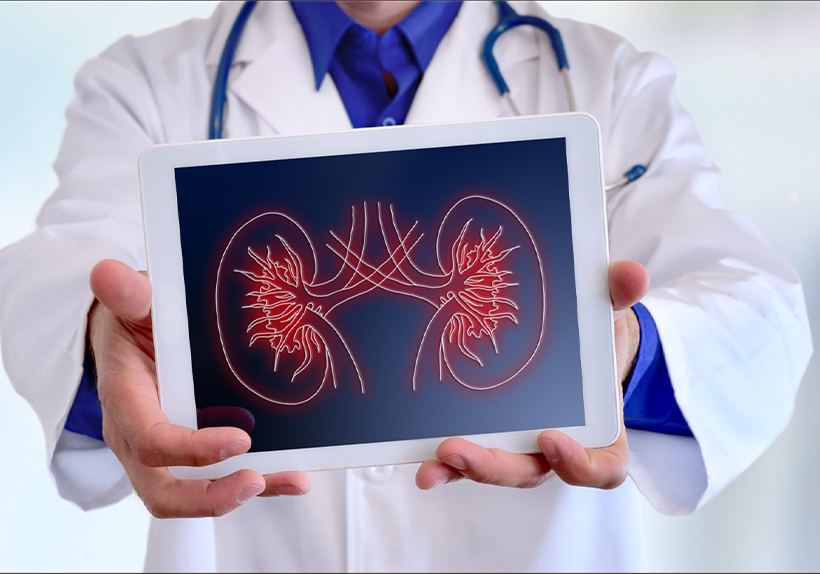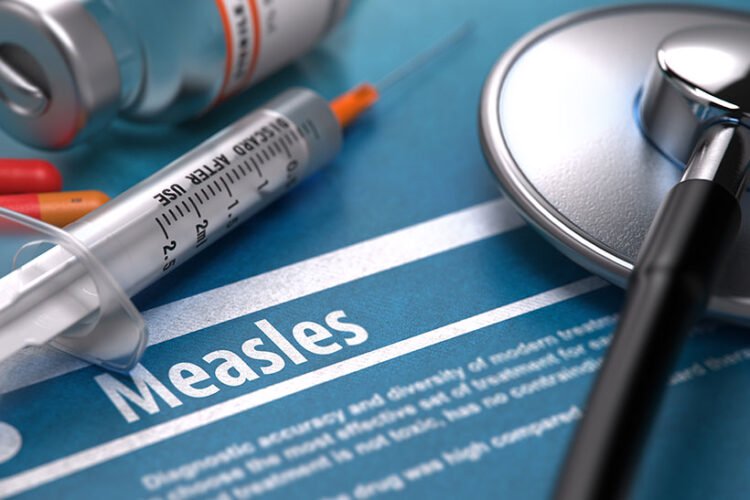Could that painful sensation in your lower back be kidney stones? Learn all you need to know about these pesky obstructions.
Definition
The human body has an intrinsic filtration system designed to clean up waste substances from the body through the kidneys. Sometimes minerals or salts can deposit inside them resulting in painful stones. Kidney stones are also called renal calculi or nephrolithiasis.
When your urine contains more than normal amounts of certain salts the stones grows large and can travel down the urinary tract to the ureter, urinary bladder, or urethra. Obstruction of normal urine flow by kidney stones may produce severe pain and other symptoms.
Causes
Formation of the stones is a gradual and multifactorial process. Some salts or minerals build up to form calcium stones, phosphate stones, and struvite stones. In some cases certain medications or specific diets lead to kidney stones. The following are major causes:
- A diet high in calcium, proteins and soft drinks
- Obesity
- Family history
- Hyperparathyroidism
- Crohn’s disease or gastric surgery
- Medication: multivitamins or diuretics
Signs and Symptoms
Stones eventually pass unnoticed most of the time as they don’t get large enough to obstruct urinary tubings. If they get bigger than the urinary tubings they may cause the following symptoms:
- A sensation of heaviness on the sides and back below the ribs
- Severe and sharp pain on the lower backside of the abdomen
- The pain of severe intensity comes and goes in a wavy pattern
- Pain radiates to the loin and groin
- Blood in pee (hematuria)
- Pain and burning sensation while peeing
- Nausea and vomiting in case of acute obstruction
- Fever and chills if kidney stones cause damage to urinary tubings
Diagnosis
Kidney stones are ‘silent’ mostly because they pass without causing obstruction often found on routine examinations. The diagnosis depends on history and complete physical examination. Patients who present in the ER with sudden and severe groin pain have to undergo various laboratory tests to rule out or confirm a diagnosis. The following tests are commonly performed:
- Complete urinalysis will rule out any minerals, crystals or micro-organisms
- Renal function tests to measure blood urea nitrogen and creatinine to determine the function of kidneys
- Calcium, phosphorus, and electrolytes levels will help to check the minerals and salts level in the body
- Examination of extracted stone composition of kidney stones helps to determine the safest diet
- Other imaging studies can be done to check the patency of urinary tubings:
- X Ray KUB
- Ultrasound of Kidneys
- Intravenous Pyelogram
- CT Scan
Treatment Plan
Treatment of the kidney stones depends on the composition of stone and level of obstructions. A stepwise model of treatment is followed while keeping the position of each stone in place. An obstructed stone in the lower part of the urinary tubings needs to be pushed above, followed by laser treatment or surgery. Depending on the scenario your consultant may choose any of the following option:
- Wait and Watch
- Medical Management
- Surgical Management
- Shockwave Lithotripsy
- Ureteroscopy
- Percutaneous Nephrolithotomy
- Laparoscopic Surgery
- Open Surgery
In small sized stones the wait and watch approach is best, most of the stones pass on their own. If pain is bearable then waiting 1-4 weeks is considered safe. While doing so your urologist may prescribe you some antibiotics and painkillers.
If the kidney stone is of small size (less than 6-8mm) and present in lower urinary tubings, certain medications will increase the its chances of removal e.g tamsulosin
Most common treatment of small kidney stones in the United States is high energy waves. They are utilized to break the stones into pieces
A flexible or hard scope is inserted into the urinary system through the urethra. The stones are visualized, pushed, or crushed according to their size and position.
For large kidney stones other treatment options do not work, a passage from the skin is made to remove the obstruction.
The ureter is a tube between the kidney and the bladder. Urine passes down to the bladder through this tube. Laparoscopic procedures use small incisions and specialized tools.
In open surgery to remove kidney stones, the surgeon uses an incision in the person’s abdomen or side to reach the kidney and remove the stones.
Prevention
The composition of every stone is different so your urologist may suggest you to avoid certain diets depending upon the composition. Tips for preventing stones:
- Drink plenty of fluids to wash them out
- Diet modification with less salts, chocolate, coffee, and proteins
- If taking prevention medications and developed kidney stones, the prescription should revised
- Consult a healthcare provider before taking any medications
Can Recurrent Stones Occur?
As discussed above, kidney stones develop due to multiple factors, especially diet related minerals. Yes, recurrent stones can develop and the likelihood increases in the following circumstances:
- Previous history of kidney stones
- Family history of kidney stones
- Sedentary lifestyle
- Severe and recurrent urinary tract infections
At American Online Benefits Group, we offer products that include doctor’s visits, in the event examination is required to rule out or confirm kidney stones. Contact our Agent or Member Services today for more information at 214-389-9072.




